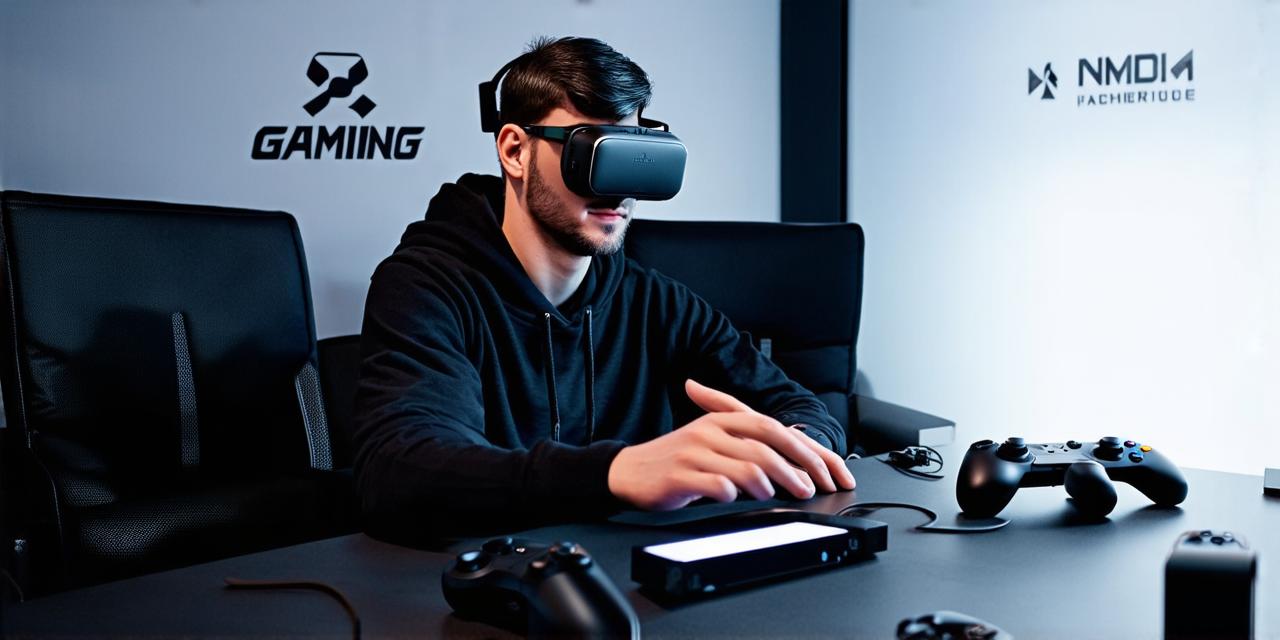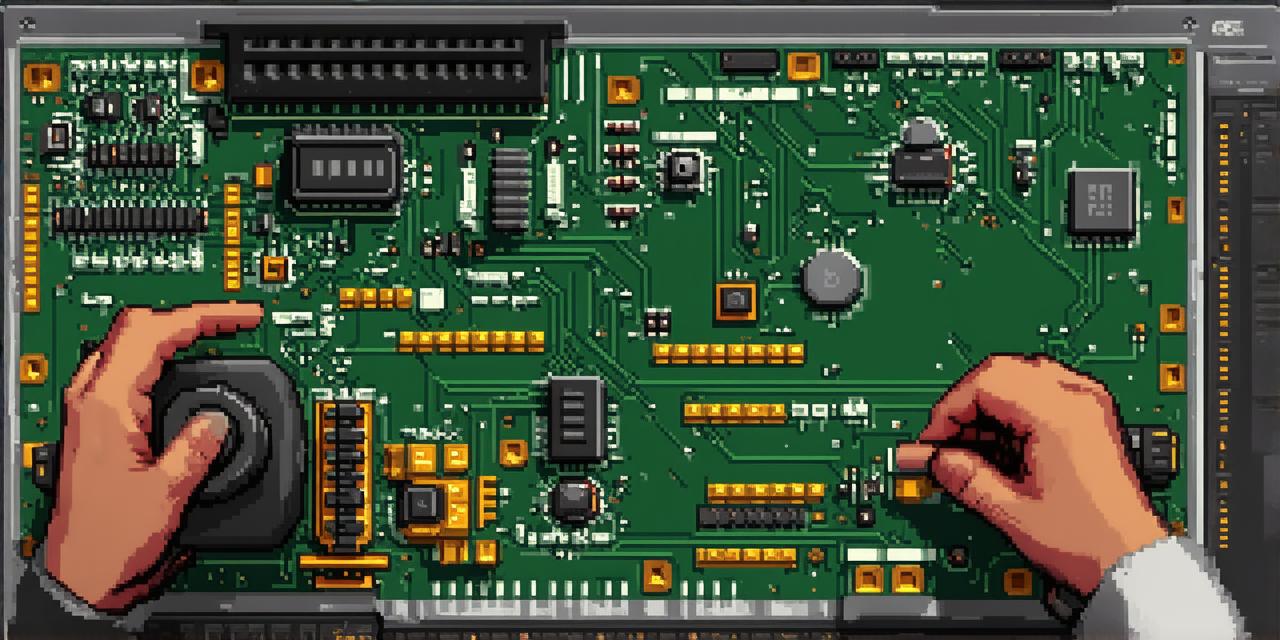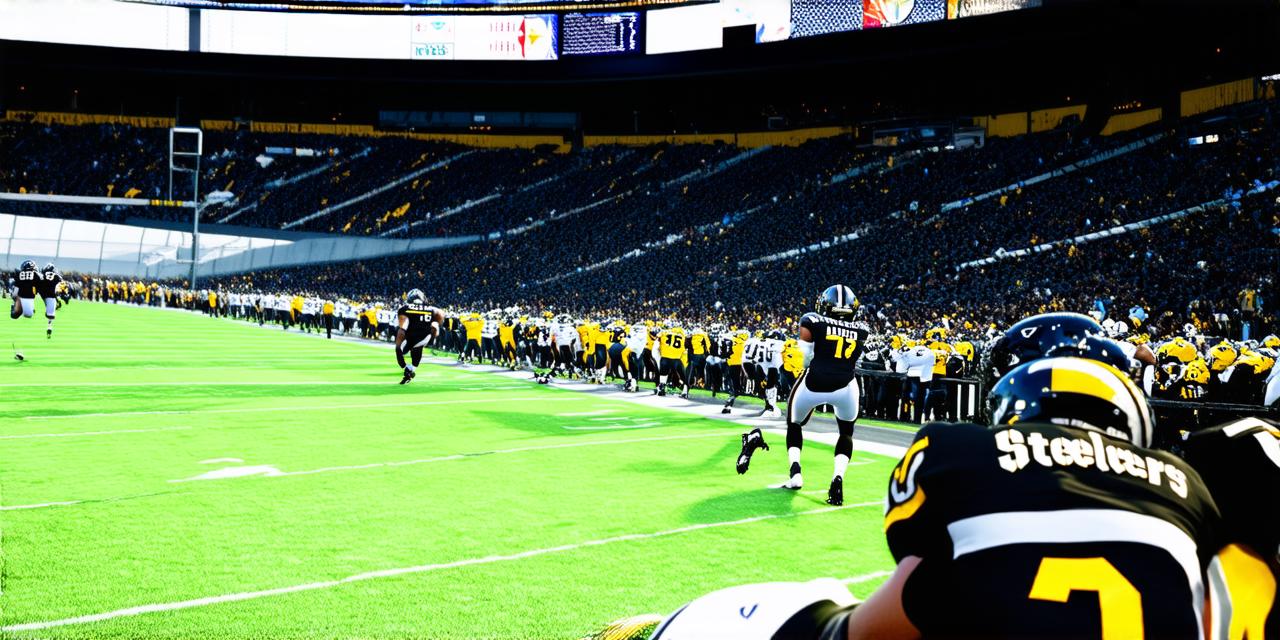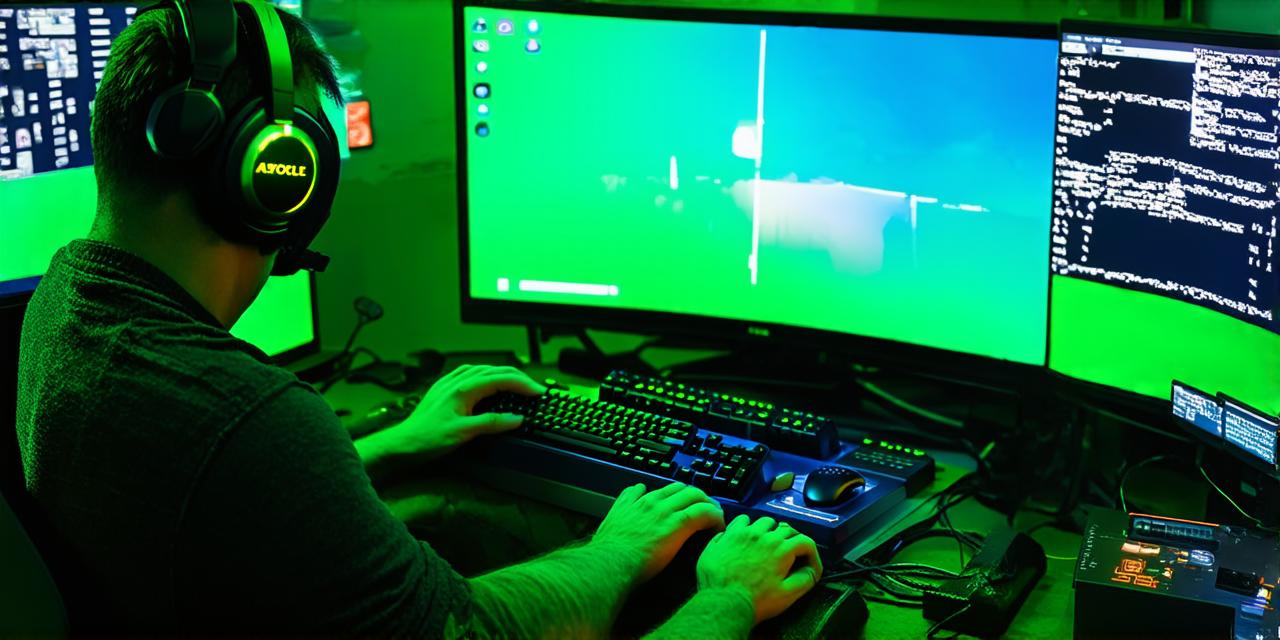Becoming a video game designer is an exciting and challenging career path that requires creativity, technical skills, and a deep understanding of both art and science. In this article, we will explore the essential skills needed to be a successful video game designer and provide tips on how to develop these skills.
1. Creativity
Creativity is one of the most important skills for video game designers. It involves coming up with innovative ideas that will engage players and keep them invested in the game. Good designers are able to think outside the box, find inspiration from unexpected sources, and bring their vision to life through various mediums such as storytelling, character design, and level layout.
To develop creativity, it’s important to have a diverse range of interests and experiences. This can include playing games, studying art and design, reading books and watching movies, and even traveling to new places to gain inspiration from the world around you.
2. Technical Skills
Technical skills are also essential for video game designers. These skills include programming, 3D modeling, animation, sound design, and game engines. While it’s not necessary to be an expert in all of these areas, having a solid understanding of the basics is crucial.
To develop technical skills, there are many online resources available such as tutorials, courses, and forums where you can learn from experienced professionals. Additionally, many universities offer programs in game design that include hands-on experience with the latest tools and technologies.
3. Problem Solving
Problem solving is a critical skill for video game designers. It involves identifying challenges and obstacles in the development process and finding creative solutions to overcome them. Good designers are able to think critically, break down problems into smaller parts, and brainstorm multiple solutions before settling on the best approach.
To develop problem-solving skills, it’s important to practice regularly. This can include working through puzzles and games, participating in coding challenges, and collaborating with other designers to find solutions to complex problems.
4. Communication Skills
Communication skills are essential for video game designers, particularly when working on a team. Good designers are able to clearly communicate their ideas, provide constructive feedback, and work well with others to achieve a common goal.
To develop communication skills, it’s important to practice active listening, speak clearly and concisely, and be open to feedback from others. Additionally, learning a second language can help improve communication skills, particularly when working with team members from different countries or cultures.
5. Adaptability
Adaptability is a crucial skill for video game designers, as the industry is constantly evolving. Good designers are able to adapt to new technologies, changing player preferences, and shifting business goals. They are also able to pivot quickly when faced with unexpected challenges or opportunities.
To develop adaptability skills, it’s important to stay up-to-date with the latest trends and developments in the industry. This can include attending conferences, reading industry publications, and participating in online forums and communities. Additionally, taking on new challenges and learning new skills can help build adaptability and resilience.
Case Study: Designing a Popular Video Game
One of the best ways to understand the skills needed to be a video game designer is by looking at real-life examples. In this case study, we will explore the design process for a popular mobile game called “Pokémon Go.”
Pokémon Go was developed by Niantic, a San Francisco-based startup that specializes in augmented reality games. The team consisted of game designers, artists, programmers, and project managers who worked together to bring the game to life.
One of the key challenges faced by the Pokémon Go team was adapting the game for mobile devices. Traditional video games often require complex controls and high-performance hardware, which can be difficult to achieve on a small screen with limited resources. To overcome this challenge, the team developed a simplified control system that relied heavily on gesture recognition and location tracking.
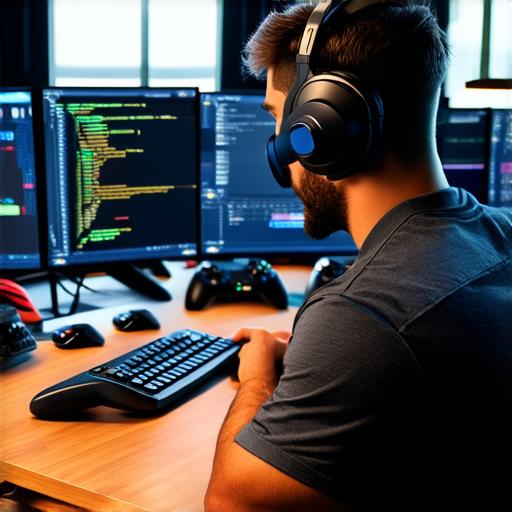
Another challenge faced by the team was ensuring that the game was accessible and engaging for players of all ages and skill levels. To address this, the team included a wide range of creatures and activities in the game, making it easy for players to find something to do no matter their level of expertise.
Finally, the team had to adapt to changing player preferences and business goals. As the game gained popularity, Niantic added new features such as raid battles and special events to keep players engaged and excited about the game. They also partnered with other brands and companies to create unique in-game content and experiences.
Expert Opinion: What Makes a Great Video Game Designer?
To get a better understanding of what makes a great video game designer, we spoke with John Carmack, the co-founder and CEO of id Software. Carmack has over 30 years of experience in the industry and is known for creating some of the most popular video games of all time, including “Doom” and “Wolfenstein.”
According to Carmack, the key to being a great video game designer is having a deep understanding of both art and science. This includes not only technical skills such as programming and 3D modeling, but also creative skills such as storytelling and character design.
“The best designers are those who can balance these two aspects,” says Carmack. “They have the technical know-how to bring their ideas to life, but they also have a deep understanding of what makes a game fun and engaging for players.”
Carmack also emphasizes the importance of adaptability and problem-solving skills in the design process. “The industry is constantly changing, so you need to be able to adapt quickly to new technologies, player preferences, and business goals,” he says. “Good designers are able to pivot when faced with unexpected challenges or opportunities, and they always keep an eye on the big picture.”
